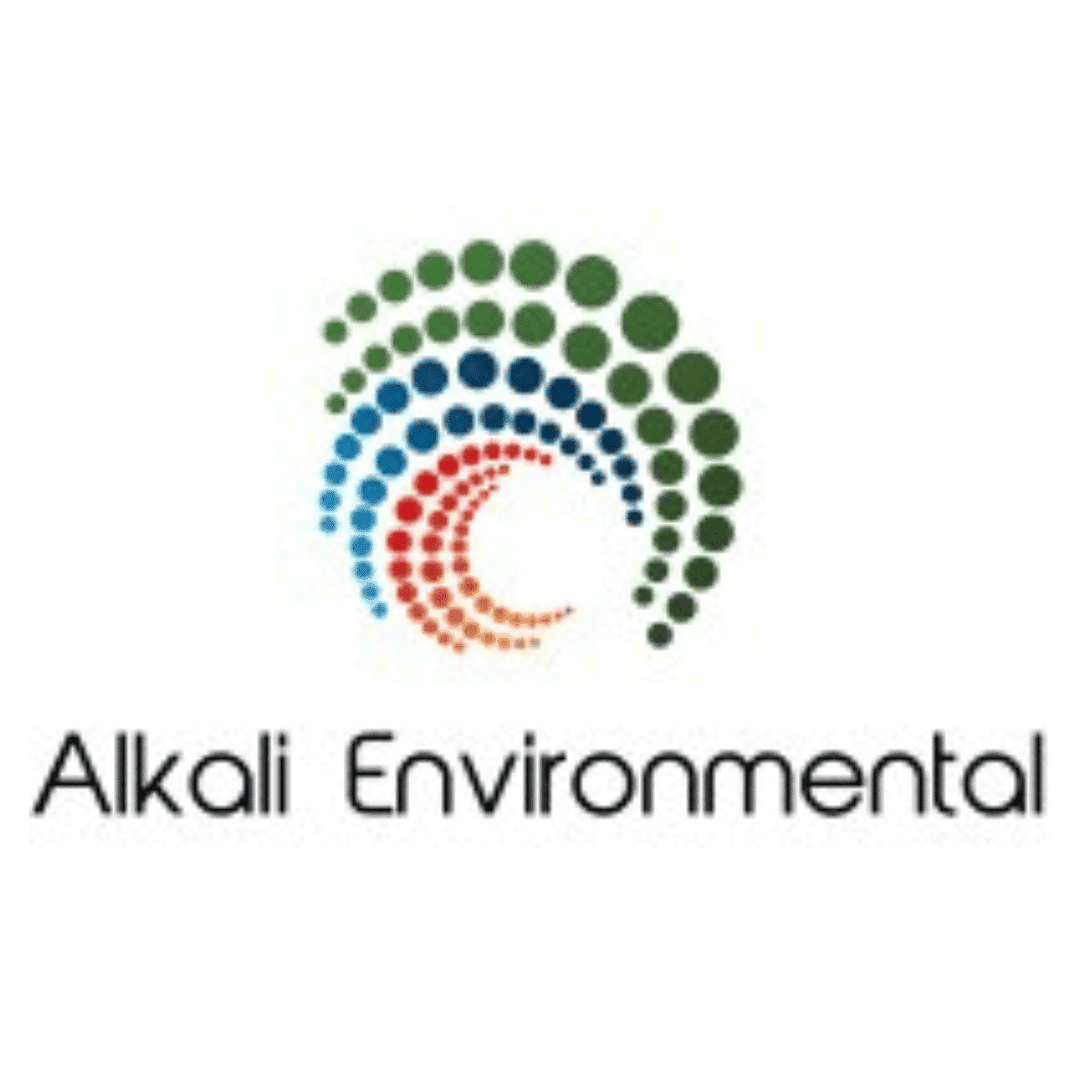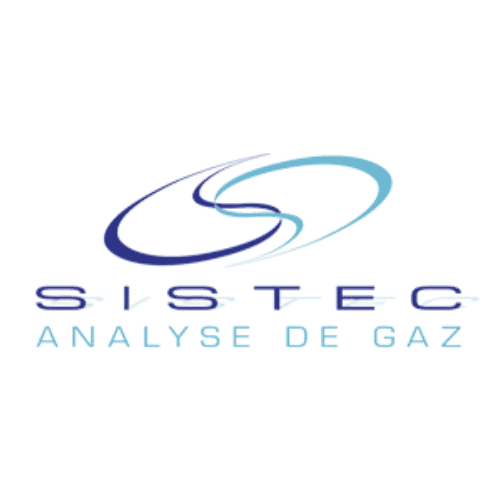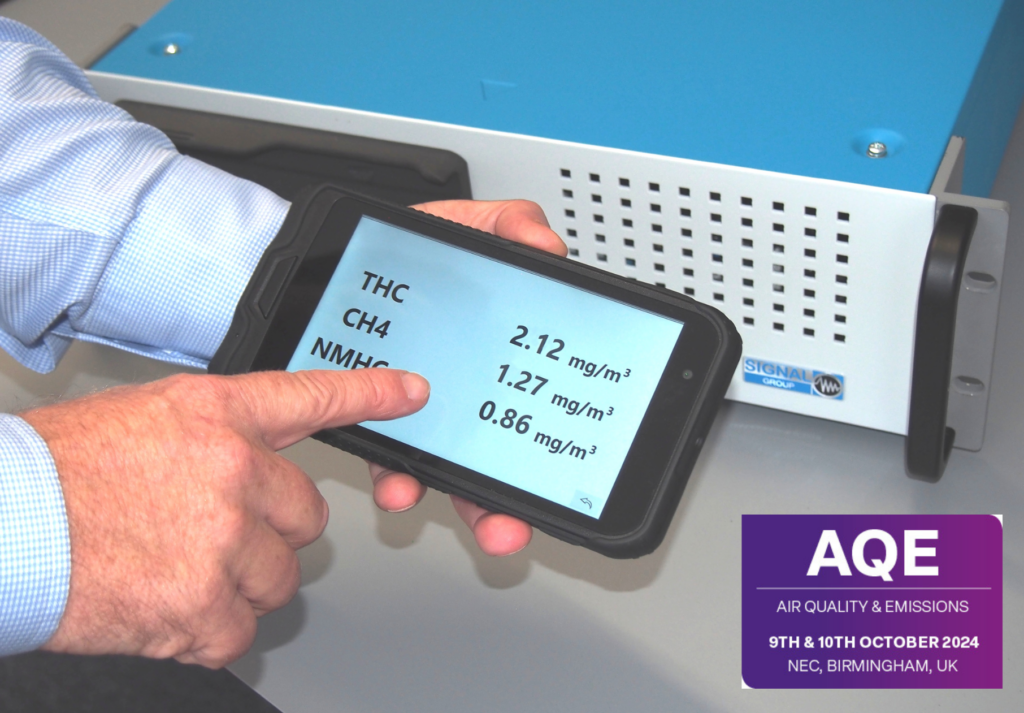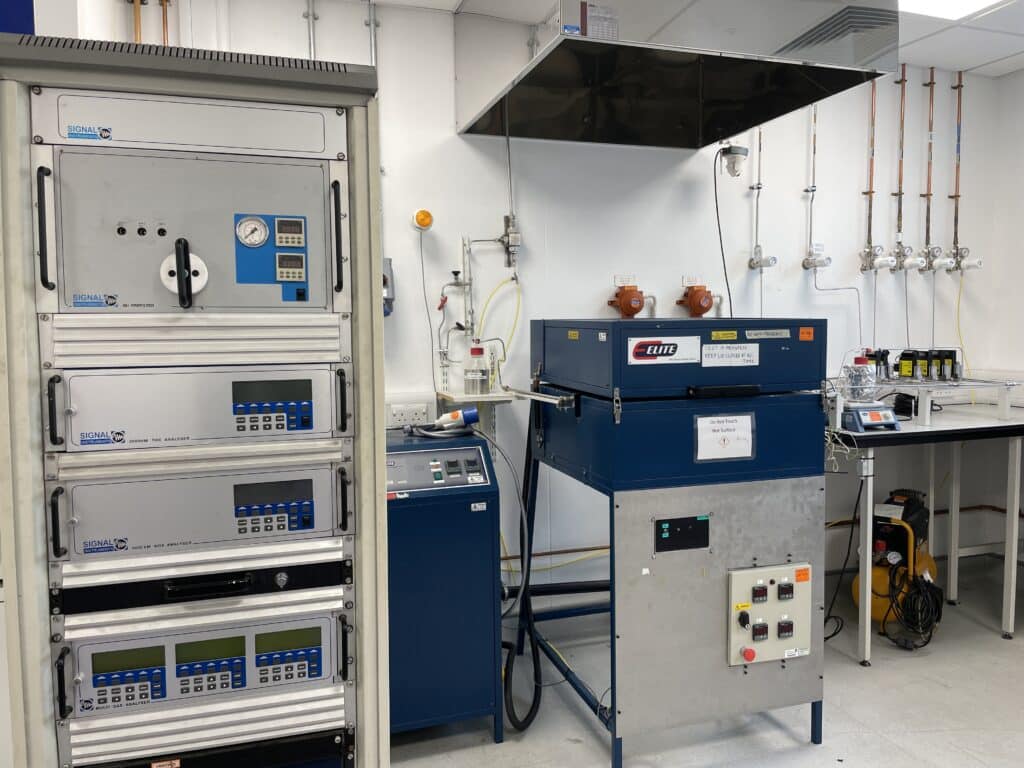Home - Methane (CH4)
Methane CH₄
Methane (CH₄) is a potent greenhouse gas, significantly more impactful on climate change per molecule than carbon dioxide over the short term. It is primarily released from natural sources like wetlands and human activities such as agriculture, landfill operations, and the production and transport of coal, oil, and natural gas. Accurate and reliable methane monitoring is critical for environmental management, regulatory compliance, and safety in various industries.
At Signal Group, our methane analysers are engineered to provide precise, reliable, and continuous monitoring of methane emissions. Utilising advanced sensor technology, our devices are designed to help you manage emissions effectively and ensure compliance with environmental regulations.
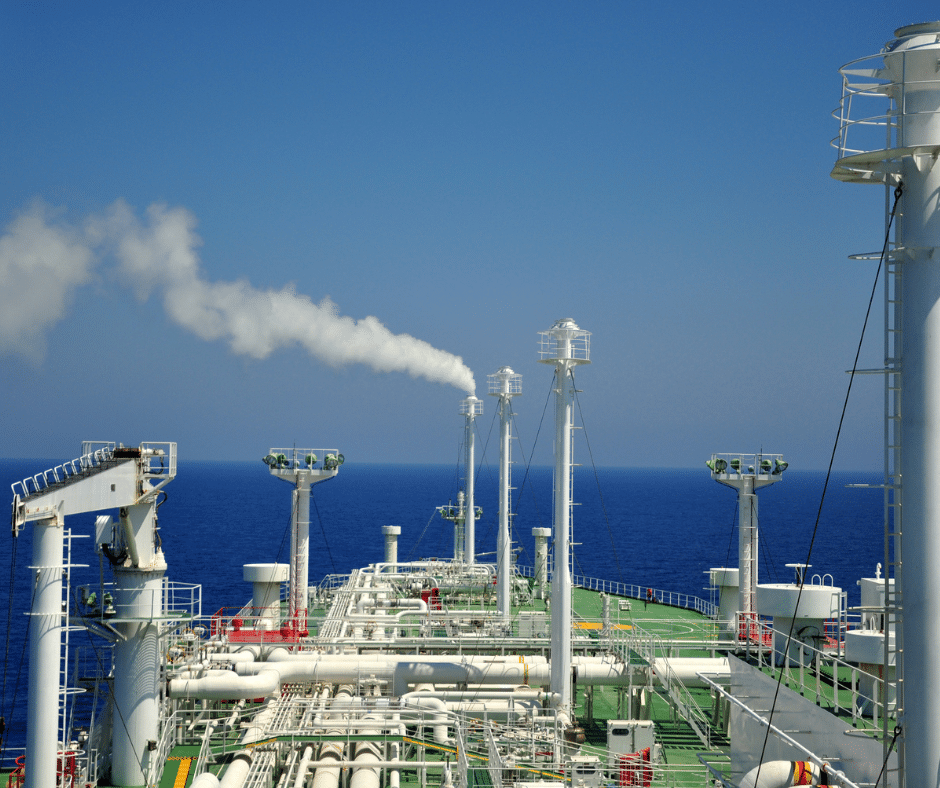
S4 SOLAR
Flame Ionisation Detector (FID) VOC analysers for gas purity, air separation, engine emmisions, combustion studies and process plant VOC abatement monitoring
ELECTRONIC PROPORTIONAL BAND FLOW CONTROLLERS
AUTOMATIC FLAME OPTIMIZATION PROGRAM
AUTOMATIC CALIBRATION
SPECIAL HIGH EFFICIENCY HC CUTTER
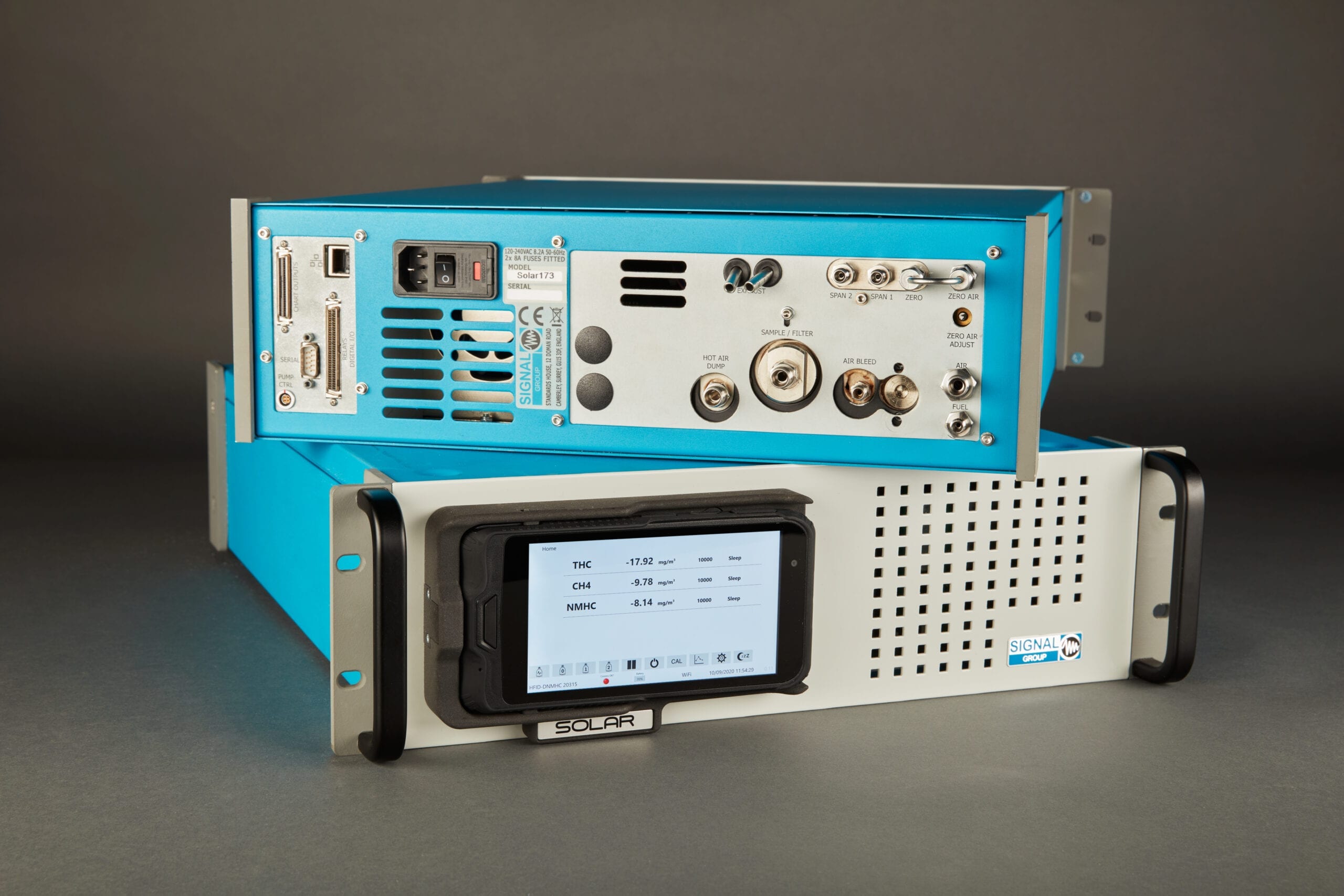
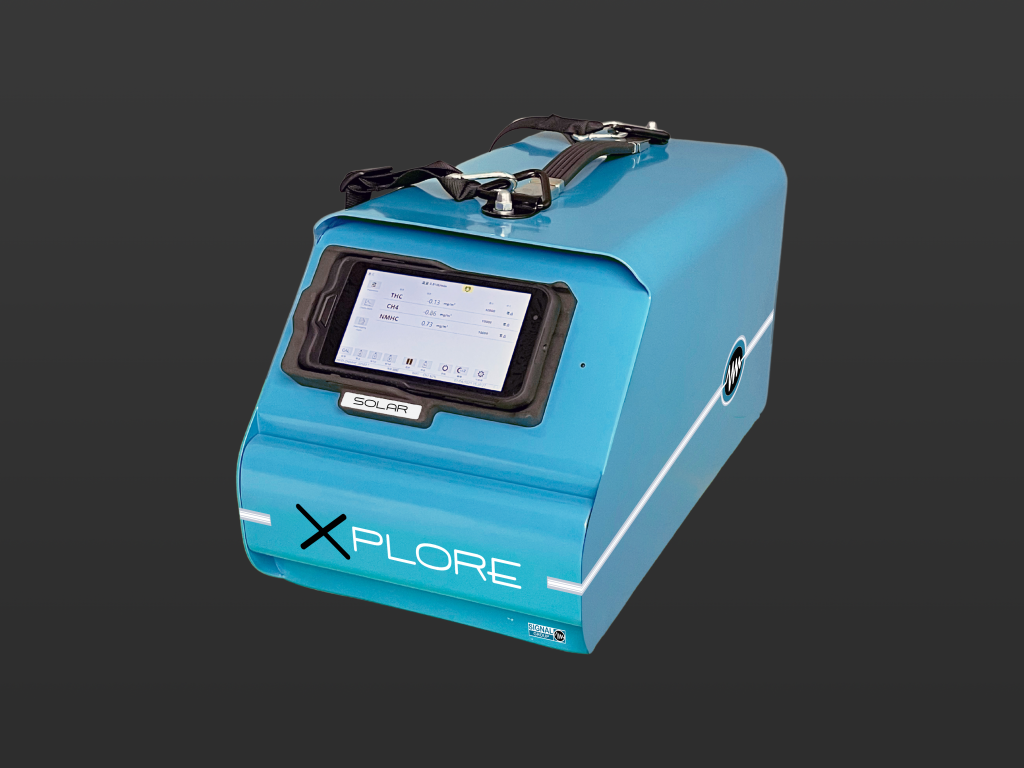
s4 solar xplore
The latest addition to our range of advanced FID analysers, the S4 SOLAR XPLORE is a compact, portable version of our popular S4 SOLAR rack mount analyser. With built-in features such as a detachable wireless tablet, a precision monobloc heated FID and an optional integrated Zero air generator, the S4 SOLAR XPLORE can be fitted with dual FID detectors for simultaneous monitoring of THC, NMHC and methane.
Single or dual detectors
Integrated zero air generator
wireless interface
Simultaneous monitoring of THC, NMHC & Methane
3010 MINIFID
Portable Heated FID VOC analyser for the discontinuous measurement of the mass concentration of gaseous and vaporous organic substances in stationary source emissions.
RUGGED & PORTABLE
PROVEN IN THE FIELD
BUILT IN DATA LOGGER
FULLY HEATED TO 190ºC
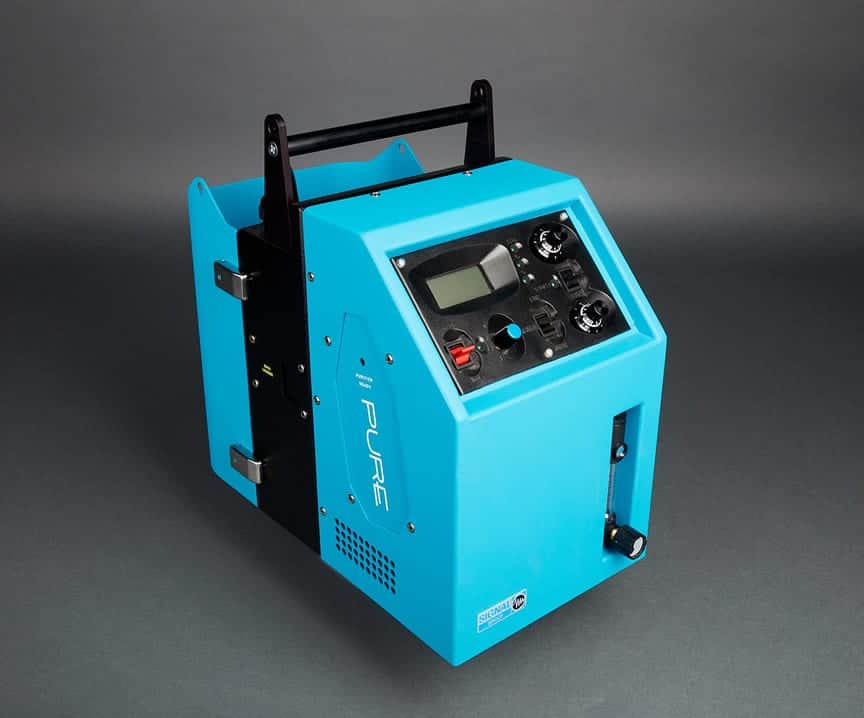
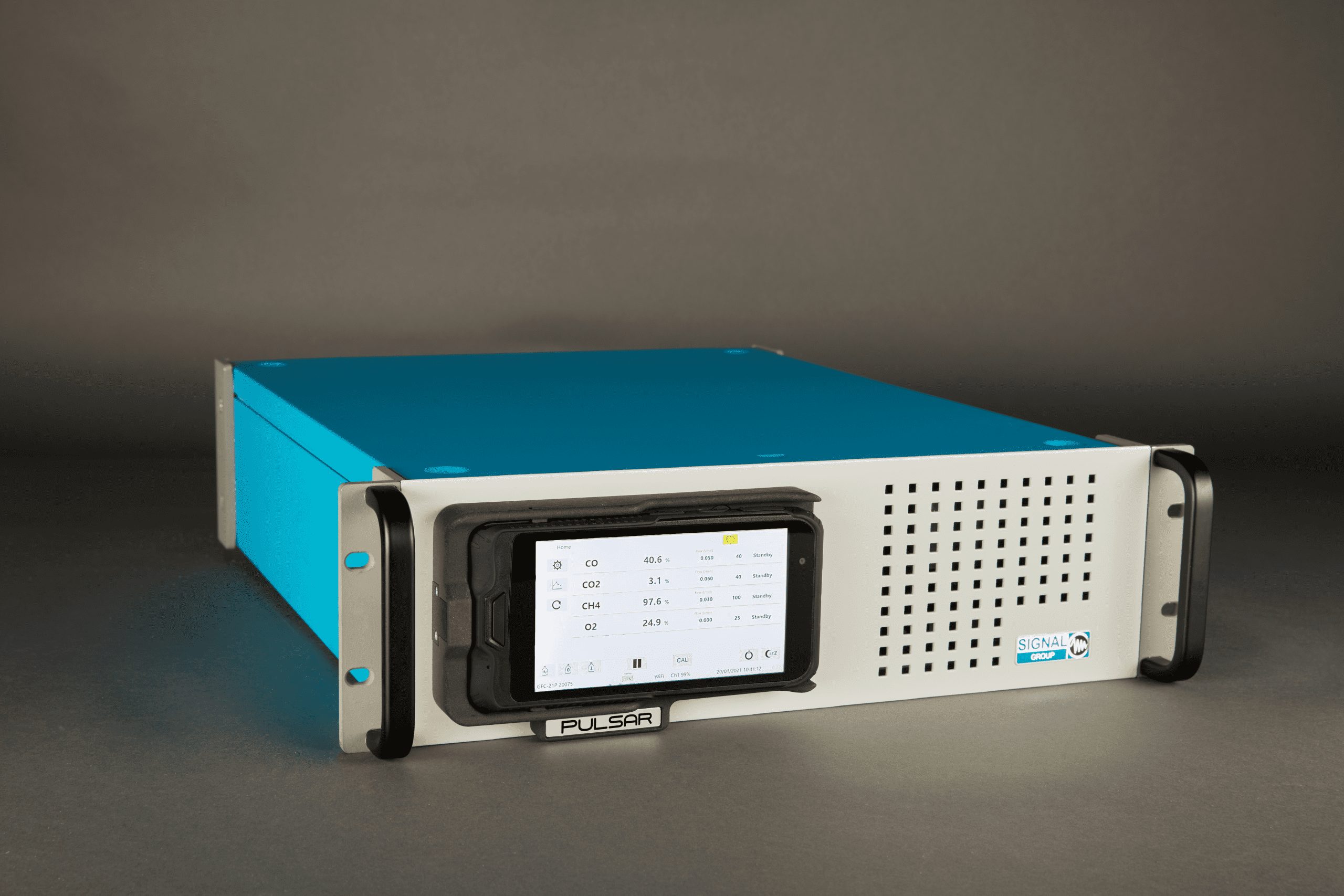
S4 PULSAR
Non Dispersive Infrared (NDIR) Multi-gas analysers are available in 1, 2, 3, 4 or 5 gas channel configurations, offering high levels of performance and flexibility. Options include CO, CO2, CH4, NO, N2O, SO2, HCl and O2.
low ranges E.g. 0-10 ppm CO
5 user-configurable ranges + autorange per channel
electronic pressure & temperature compensation
RS232 'AK' protocol, 4-20mA & 0-10VDC chart outputs
Partner with Signal Group for Methane Monitoring Solutions
Choose Signal Group’s methane analysers for their precision, durability, and ease of integration. Our solutions are crucial for businesses needing accurate methane monitoring to ensure safety, compliance, and environmental stewardship.
Contact us today to learn more about how our technology can support your specific needs.

